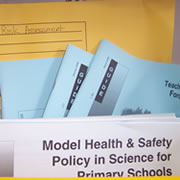Managing science resources
In this section we will look at a variety of ways of storing science resources and examples will be shown from different schools.
Managing science resources key ideas
It is important to think about what are the important elements of managing science resources in your school. What would be your key ideas behind each of the following headings?
Responsibility
Quite simply everyone who uses the resources is responsible for them, the science coordinator / leader is responsible for managing the purchase and maintenance of them.
Quantities
This will be determined by how the resources are organised, it might require some items to be duplicated and more expensive items borrowed from a local secondary school, or topic kits borrowed from Science Learning Centres.
Safety
Is the responsibility of everyone, children and teachers, it is though the responsibility of the science leader / coordinator to make sure that all staff are aware of the necessary and most up to date, safety information. The purchase of the Association for Science Education book BE SAFE! is essential. Your school or local authority might be a member of CLEAPSS which offers excellent advice on safety in science for primary schools.
Range
A key aim of primary science is to offer children access to a wide range of equipment and resources so that they can think and work scientifically as well as be creative in science. The broader the range, the wider the opportunities for learning, and, for children reaching their potential in science.
Accessibility
In an ideal world all science resources would be stored in such a way that all children could access them with ease and safely. They would be in appropriate containers and trays, with both pictorial and word labels and English and other main languages present in the school.
Storage and maintenance
The storage of science resources should reflect the needs of the children, staff and the way the science curriculum is organised. Storage should be clear, attractive and imaginative to encourage children and staff to use the resources.
Recent and relevant
The range of resources available to primary science is both exciting and extensive, with new equipment coming onto the market every year. The science leader / coordinator should make sure that catalogues are up to date or use the internet to access suppliers. Broken and outdated resources should be discarded in favour of newer resources that both children and staff would be excited to use.
How to store science resources?
There is no right or wrong answer to this question; it depends entirely on the school, for example
- space
- areas available for storage
- split site
- approaches to science teaching e.g. discrete science or cross curricular.
Click below to find out how science leaders have responded to the particular issues in their school.
Ideas for storing science resources
In this section you will find lots of ideas for storing science resources, making resources quick and easy to find as well as keeping things tidy.
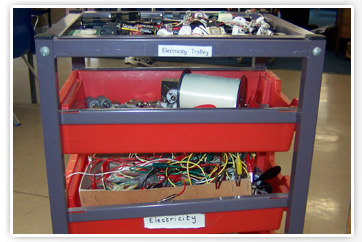
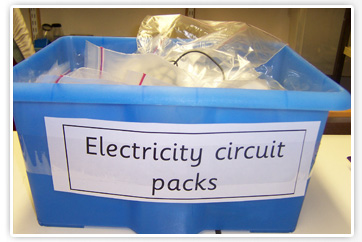
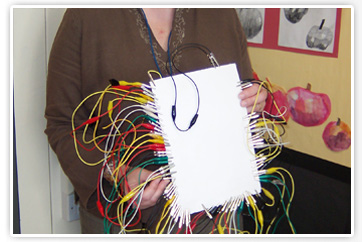
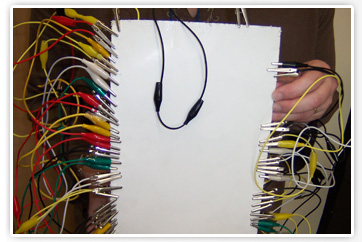
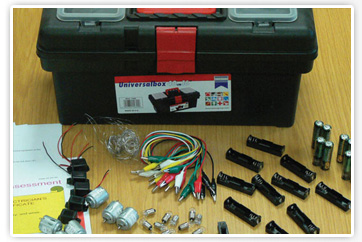
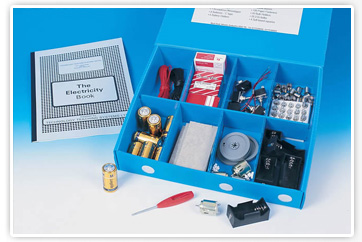
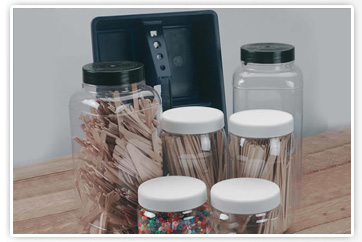
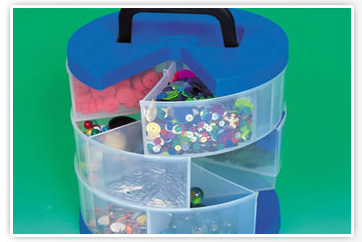

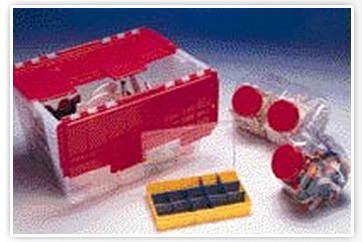
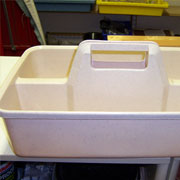
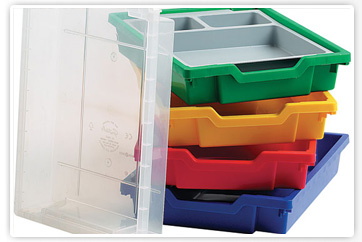
Systems for identifying who has borrowed science resources
In - Out Book
Teachers or monitors write in the book what they have taken, the date and the date returned.
Class name label
A very simple system, where there is a box or a wallet with multiple laminated cards with each class name on; when an item has been borrowed the class card is placed in where the resources were taken from, thereby identifying which class has those resources.
Labelling science resources


Flash is required to use this part of the website.
Click for a hot tip
